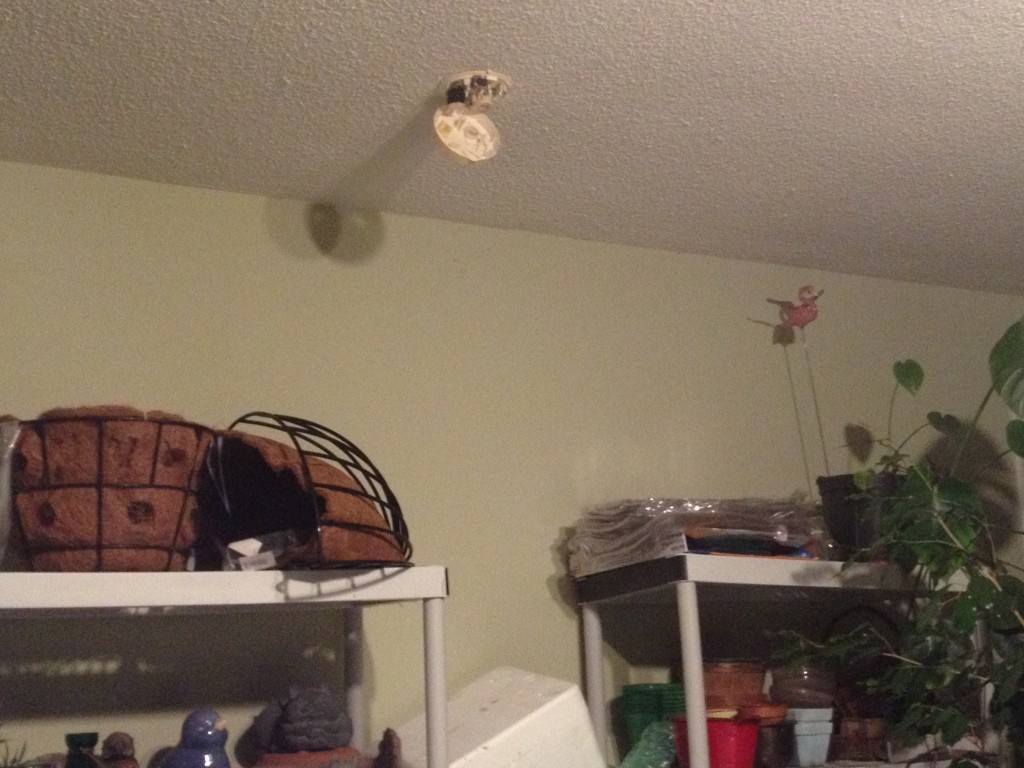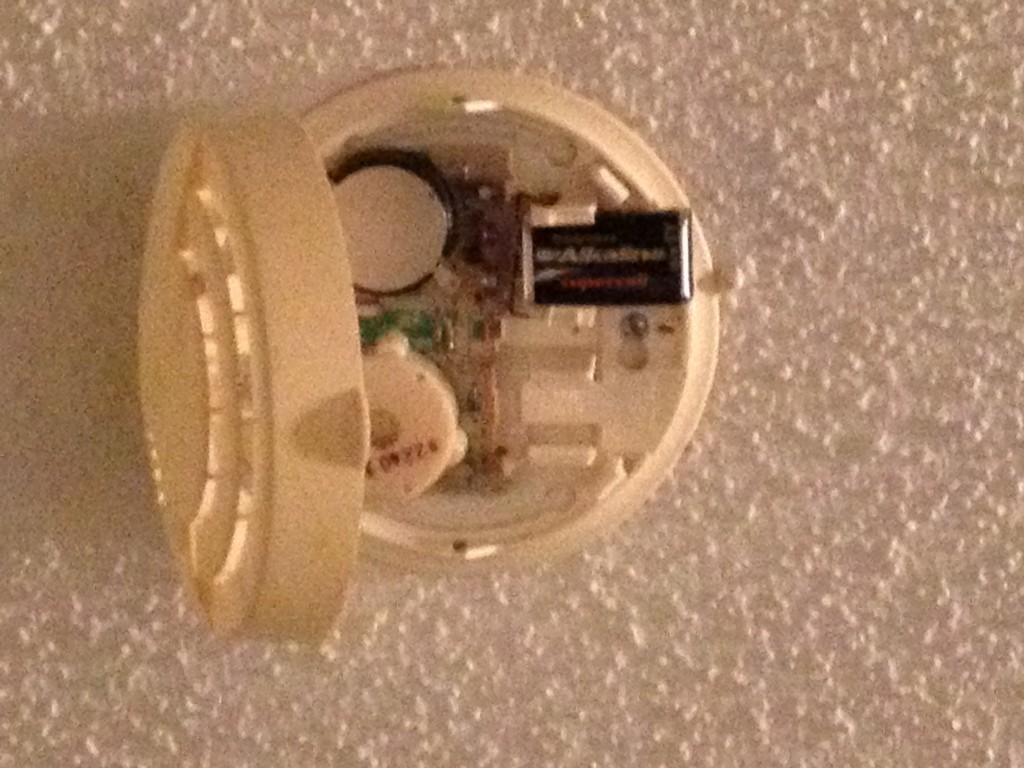Guest Blogger……Morgan Barnett, Master of Public Health Degree Candidate at The University of Georgia
None of us want to think that something terrible like what happened just this month, in Georgia, could happen to us or our loved ones. A fire engulfed the duplex of a family sleeping inside and four children lost their lives, all of them under 10 years old. Authorities investigated and announced that there were no smoke alarms on the second story where the fire started, and the smoke alarm downstairs did not have a battery in it. A smoke alarm is something many of us take for granted, but the fact of the matter is that it can make a real difference between life and death.
According to the National Fire Protection Association (NFPA), almost two out of every three fire deaths result from fires in homes without a smoke alarm or without a working smoke alarm. When smoke alarms don’t work, it is usually because the battery is missing, disconnected or dead. Have you ever disconnected the battery or forgot to replace it?
Few of us realize how little it takes to start a fire and how quickly that fire can spread throughout your home. The majority of home fires occur during the winter months, so now is the time to make sure your home has a working smoke alarm. Smoke alarms are affordable, and in the event of a home fire can save valuable time and, most importantly, lives.
There are two types of smoke alarms – ionization and photoelectric. Ionization alarms respond quickly to fast-paced, flaming fires while photoelectric alarms generally respond to smoky, smoldering fires. NFPA recommended that both types be installed in homes. There are also detectors for sale that include both types of technology in the same device. Just be sure to your home has a working smoke alarm. Below are some smoke alarm tips from the U.S. Fire Administration.
- Install smoke alarms in every bedroom, as well as outside each separate sleeping area.
- Put smoke alarms on all levels of your home (including the basement).
- Since smoke rises, install smoke alarms high on the walls or ceilings.
- Connect smoke alarms so when one sounds, they all sound. This could serve as early warning to those in other areas of the house.
- Push the “test” button to test smoke alarms monthly to make sure they are working properly.
- Replace the batteries in all smoke alarms at least once every year.
- Replace all alarms when they are 10 years old or sooner if they do not work properly.
Smoke alarms are an important part of a home fire escape plan. Forming a plan and discussing it with your loved ones is an important step in successfully being able to evacuate your home in the event of a fire.
Remember,
….Install smoke alarms
….Inspect existing alarms and replace the batteries
….Protect your family


Leave a Reply